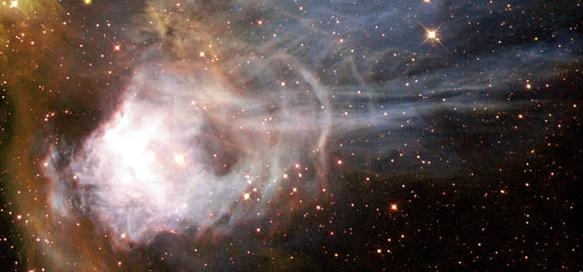

Credit: Image Credit: NASA and The Hubble Heritage Team (STScI/AURA)
Acknowledgment: D. Garnett (University of Arizona)
The molecular clouds that form stellar nurseries are present throughout the known universe. However, we are still gaining an understanding of the processes that cause a cloud of particles to condense into stars. Ingenious astronomers throughout time have devised formulas and theories about the forces at play in these clouds, using these formulas to build models and make predictions based on the equations they have formulated. This site makes use of accepted formulas to make predictions about how a magnetized cloud will collapse depending on the values of critical variables. For this page specifically, we assume you have little knowledge of these forces, so we have picked various realistic values for these parameters and have made the resulting models available here for you to peruse. If you would like a better understanding of these parameters, we have provided a page that describes them in detail; it can be found here.
Selected Models:
More than one model may be selected at a time to allow a
comparison, but be aware that the download time will be increased
accordingly if you are working from a slow connection. Each model
also has two resolutions to choose from; if you have a fast connection
the 256x256 model will display a larger and more detailed image, but
for those with a slower connection you may want to select the smaller image.